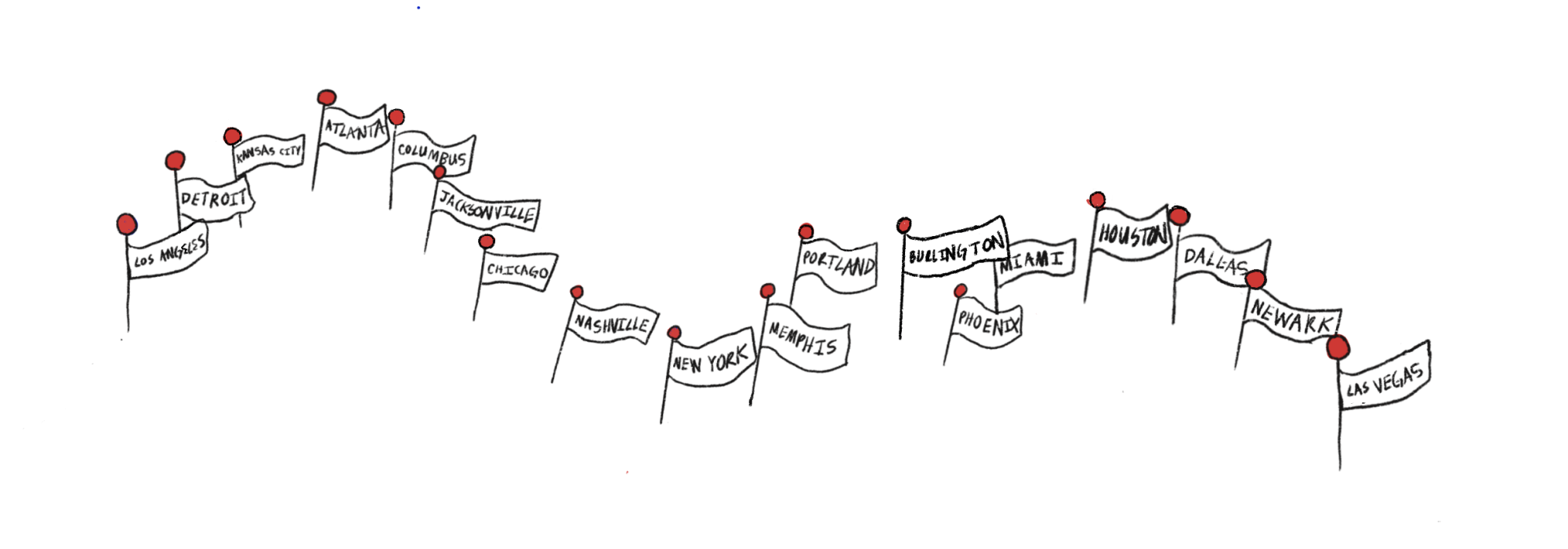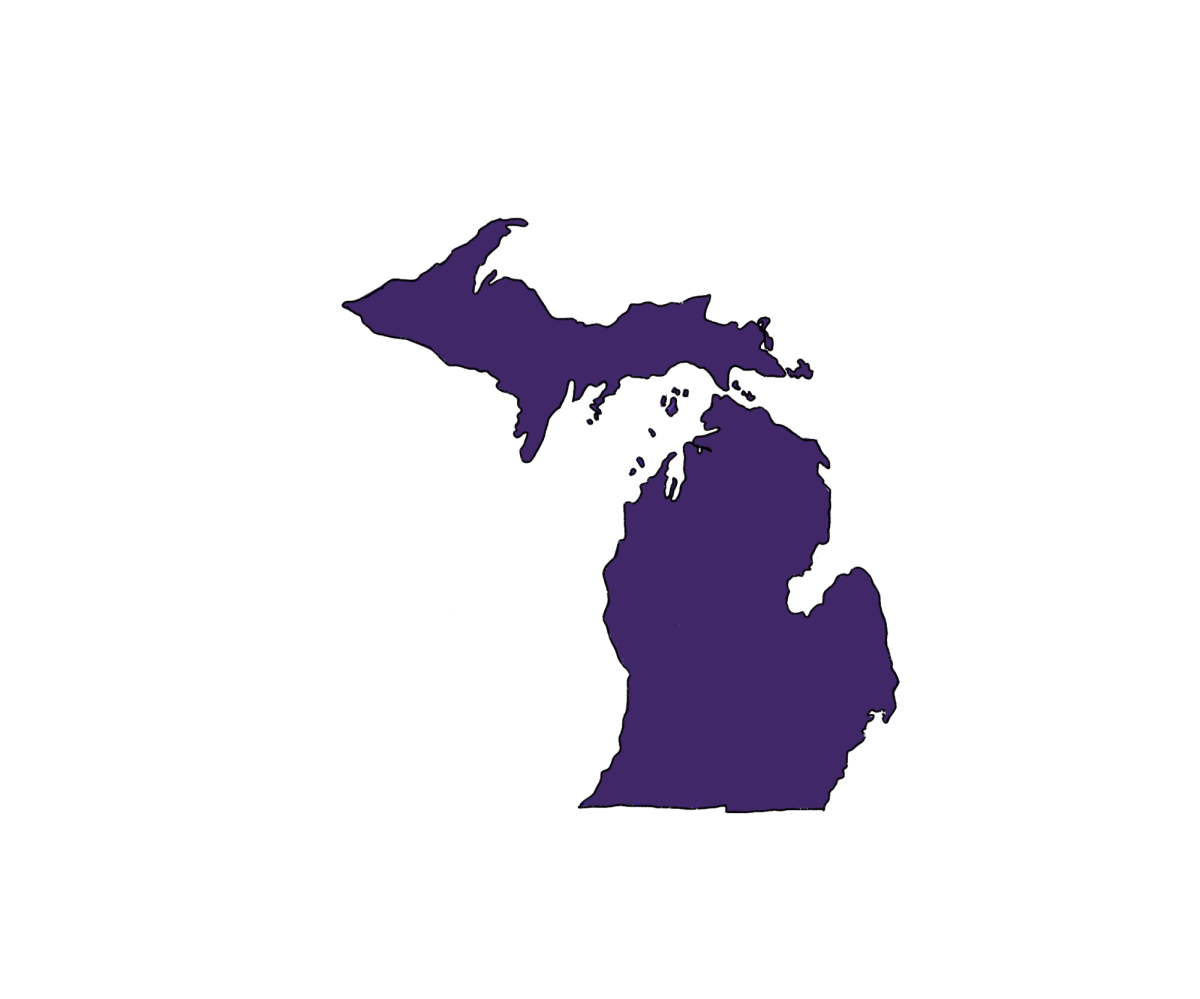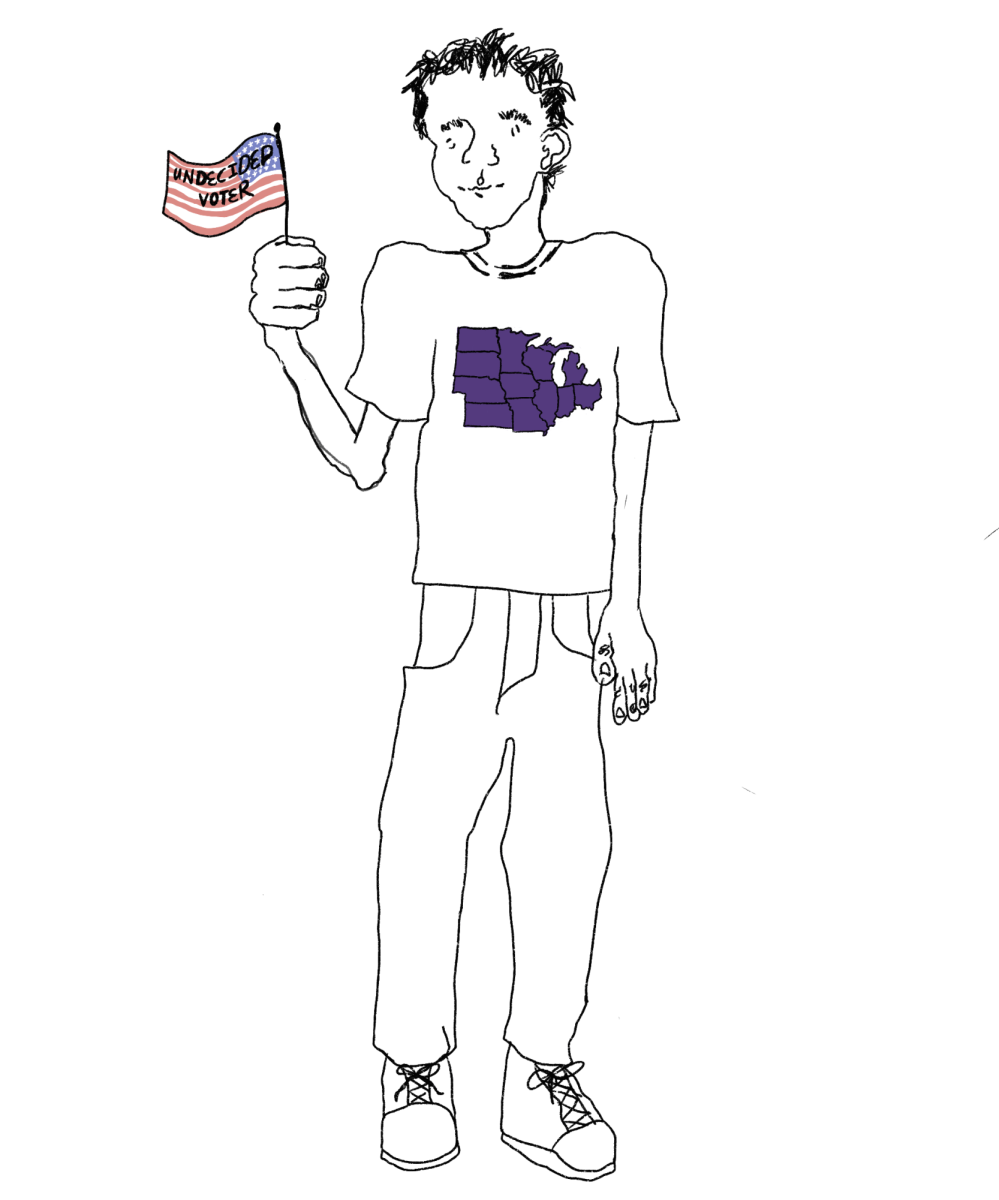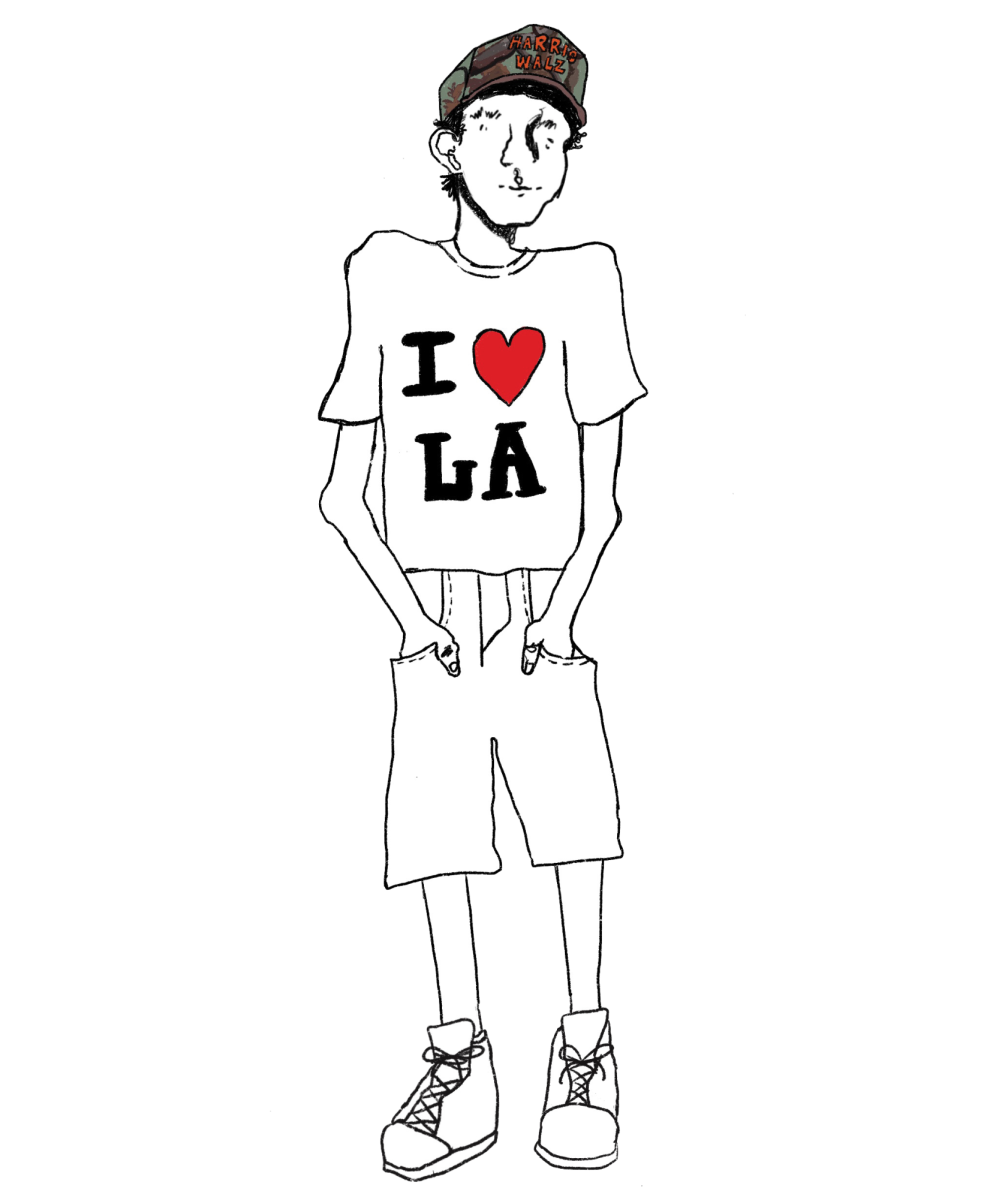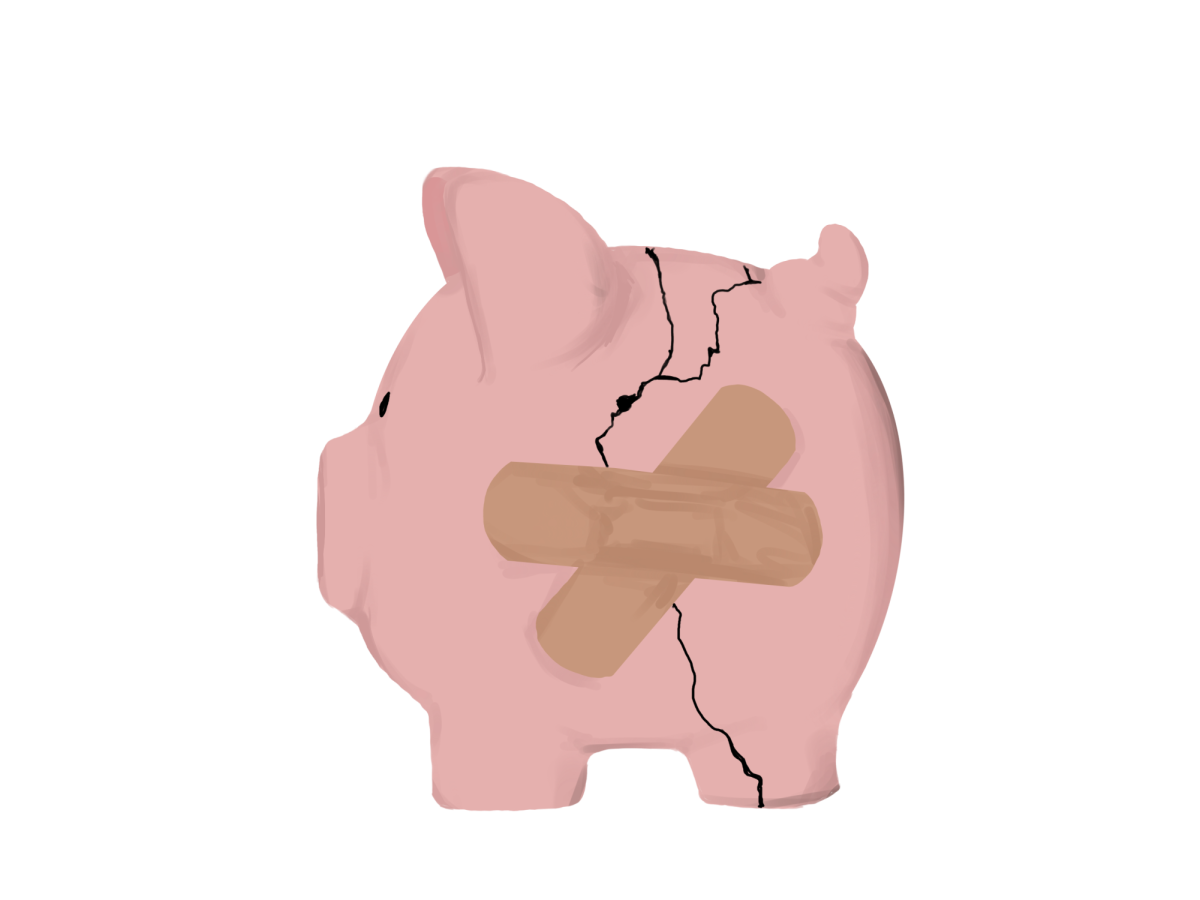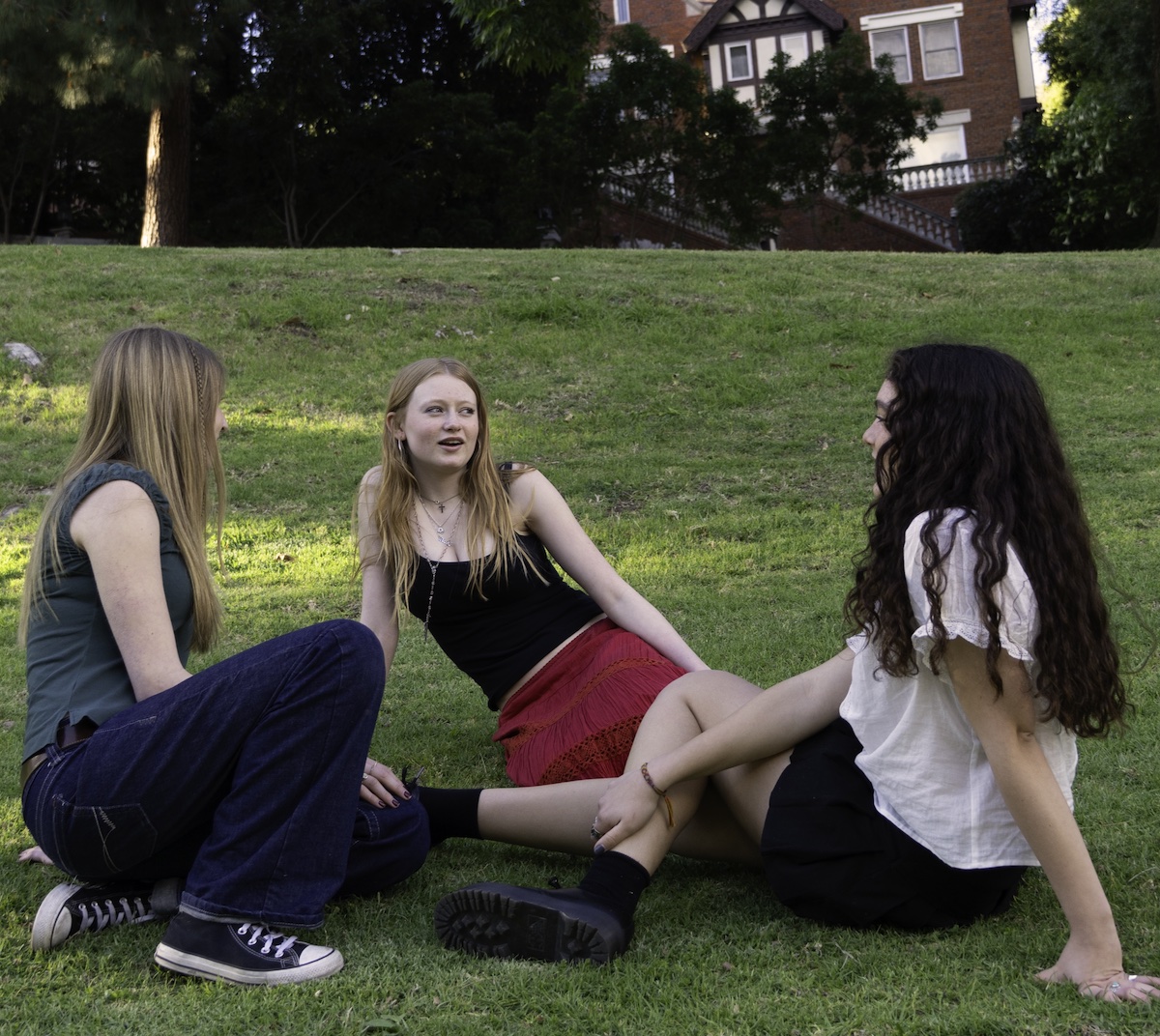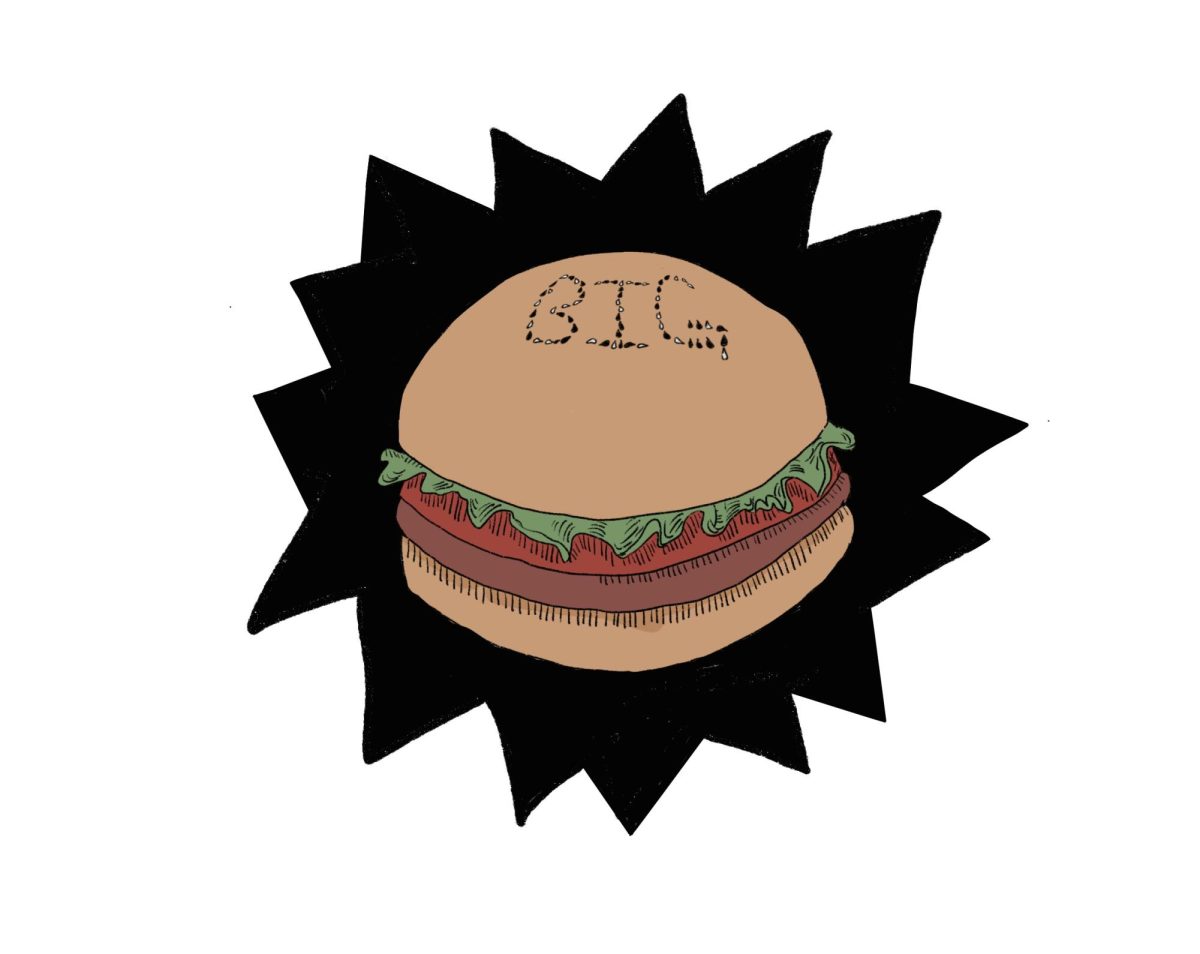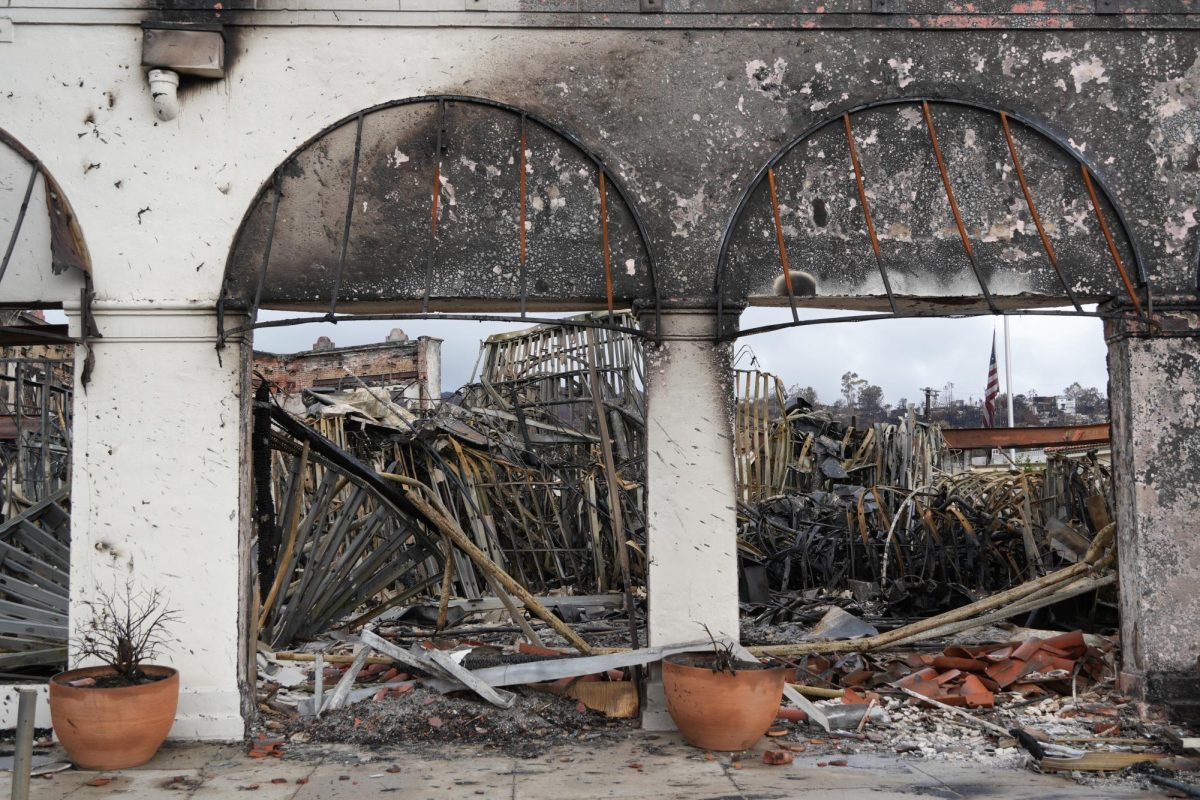One state, two state, red state, blue state
Political polarization has always been abundantly prevalent, but the topic is becoming more and more relevant in today’s political stagnation and in light of the upcoming 2024 election. Throughout history, farmers and industrial workers in inland states have been negatively affected by global trade and the automation and outsourcing of labor. Thus, workers and business owners alike have fought to protect their financial and personal interests by associating with political parties and labor unions.
Though the political ideas of each party are ever-evolving, a certain level of division between parties has remained constant. Starting in the 1700s, the debate over the ratification of the Federal Constitution of 1787 began at the Constitutional Convention, which aimed to revise the first draft of the Constitution, the Articles of Confederation. There, the first two political parties were formed: the Federalists, led by Alexander Hamilton, and the Anti-Federalists, led by Thomas Jefferson. The former believed that a stronger central government would promote stability for the young country while the latter believed smaller localized governments would allow for a more even distribution of power. From then on, much of the American population took a stance on the degree of power held by the federal government, resulting in polarized political parties.
When looking at a political map, the blue Democratic states are generally more coastal, located next to the Pacific or Atlantic Ocean or other bodies of water. The correlation between a region’s proximity to water and its inhabitants’ political views is rooted in America’s history with global trade. Merchants, who wanted to sell their goods to a larger market, generally settled in port states, where large cities then formed. Farmers, however, settled further from the sea, to areas with larger access to farmland. As the population of port cities grew, the cost of living became more expensive and in turn, more financially exclusive.
Rural and urban interests have constantly been at odds with each other, displayed through the evolution of the prominent political parties throughout history. The Anti-Federalists eventually evolved into the Democratic-Republican party, which prioritized agrarian laws and thought that Federalist-supported laws favored and increased the power of the wealthy. The Democratic-Republican party represented the “average man” with the first three presidents of the party being white Southern planters. Though not a successor of the Federalists, the Whigs emerged in the 1830s to take on many of the same issues and advocated for economic laws relating to inflation and economic stability. These policies attracted the support of business owners and wealthier Americans. As the Whigs became divided over their stance on slavery, the Republican party was formed, holding a prominent anti-slavery view.
During the Civil War, the Democrats became associated with the Confederacy and supported Jim Crow Laws, policies that promoted white supremacy and denied Black people their basic rights, including their suffrage. On the other hand, the Republicans were associated with the Union army and focused on laws that favored big business owners, as opposed to agricultural interests.
Displeased with their limited access to loans and failing crops, certain Midwestern and Southern farmers created the Farmers’ Alliance, hoping to gain support via policies for “the average man.” The party soon evolved into the Populist party who began to advocate for lower taxes and an economic government that valued the middle class, with most Populists being family farmers in the rural South.
In 2024, the ideals of the Republican party are greatly intertwined with those originally rooted in the People’s party and the Democratic party is greatly aligned with the Republicans during the Civil War.
Specifically in what is known as the “Rust Belt” of America, which refers to Wisconsin, Michigan and Pennsylvania, the deindustrialization of regions that used to be economic powerhouses has caused significant economic and political upheaval.
“A lot of those voters are now more open to the conservative narratives about how we’ve become too open to the world, and these places feel left behind by the coastal elites who are no longer in touch with these “heartland” values,” Debate Program Head Adam Torson said.
As American economic power has shifted away from industrial and agricultural regions in inland states and towards densely populated coastal cities, the platforms of political parties have struggled to encompass the values of America as a whole.
As political division between both Democrats and Republicans has increased nationally, extremist views of state-specific politics has fueled criticism of politicians in light of the 2024 presidential election.
With nearly 50% of its citizens identifying as Democratic and 24% identifying as Republican, California’s political landscape is predominantly liberal. Despite a large presence of Republican voters in the Central Valley and Northern California, California’s densely populated cities lean left, which allows the state to consistently vote Democratic in presidential elections. With California accounting for nearly 30% of homelessness in America according to US News, the state has come to represent the impacts of rampant struggles with cost of living and wealth inequality. As a result, these issues have been weaponized against the state’s Democratic leadership and have been used to represent the perceived failings of the Democratic party in general, with an LA Times survey reporting that 67% of Republicans nationwide said they believe California has had a negative impact on America as a whole.
As a Bay Area native and former Attorney General of California, Vice President Kamala Harris has come under fire for her association with California. In the first presidential debate between Harris and Former President Donald Trump, Trump said he believes Harris is a communist because of her father’s history as a professor of Marxist Economics at Stanford University.
“She’s a Marxist — everybody knows she’s a Marxist,” Trump said during the debate.
Now, Trump is extending his assessment of Harris’s political ideology onto her home state of California.
“I’m here today in California with a very simple message for the American people,” Trump said at a press conference after the debate. “We cannot allow comrade Kamala Harris and the communist left to do to America what they did to California. California is a mess.”
Harris is one of many Californian politicians who have received scrutiny on the basis of their association with the state. California Governor Gavin Newsom received the nickname “Newscum” as well as criticism for California’s struggles with homelessness and an alleged high crime rate from Trump at the same press conference following the debate.
Opposing the opinions of the Trump campaign, Newsom has been a vocal advocate for California, saying that he believes the state is innovative and a representation of political progress.
“I think what’s in the DNA [of California] is an established expectation of staying on the cutting edge,” Newsom said in his speech at the Democratic National Convention at the end of August.
The Golden State is viewed by the majority of the U.S. population as a divisive outstander, with a survey by the Los Angeles Times reporting that 48% of Republicans nationwide view California as “Not really American.” In response to extreme views about California’s isolation from the realities of the rest of the United States, California Democratic Sen. Laphonza Butler drew connections between the state and the rest of America during her speech at the DNC, mentioning how California’s struggles with coastal erosion, wildfires and droughts are mirrored in Southern and Midwestern states.
In order to win a presidential election, a candidate must win at least 270 electoral votes, with each state representing an assigned number of votes. In the upcoming election this November, the 90 electoral votes coming from seven swing states have the power to determine the winner. Three of these states—Wisconsin, Michigan and Pennsylvania—are in the Midwest.
Both Harris and Trump have attempted to capture this midwestern demographic through their running mate choices. In contrast to Harris’ connection to left-leaning California, her running mate Tim Walz was born and raised in the small town of West Point, Nebraska. As the Governor of Minnesota and retired U.S. Army Officer, supporters are enthusiastic about Walz’s authentic representation of the region.
“One of the first things I thought after, ‘He’s such a great guy, this is going to be amazing,’ is, ‘This means Democrats haven’t given up on the middle,’” Iowa Democratic House Representative Jennifer Konfrst said in an article by USA Today.
Coincidingly, Trump, who was raised in a wealthy family in New York, has appointed JD Vance, an Ohio Senator and former military journalist for the Marine Corps as his running mate. As the author of “Hillbilly Elegy,” a memoir about growing up in the Appalachian region, Vance has received criticism for the way he portrayed Appalachian culture.
“When I read JD Vance’s memoir, I resented it all the way through,” Pulitzer-winning author Barbara Kingsolver told NPR. “There was just something about it that kept telling me, he’s not from here, he doesn’t get us.”
Despite their mutual connection to the region, Walz and Vance are using their backgrounds to represent different economic groups in the Midwest, with Walz identifying with multiple agricultural and mining regions in Nebraska and Minnesota and Vance associating with industrial areas in Ohio and Michigan.
“They represent different subcultures or subregions of the Midwest, but both stories are iconic to the Midwestern experience,” Professor of Midwestern History Jon K. Lauck said in an interview with Politico.
While Walz and Vance represent different areas of the Midwest, their nomination as Harris and Trump’s running mates represent an attempt across party lines to bring attention to inland states and appeal to Midwestern voters.
“You win in rural America when you decide you want to win in rural America,” Kansas Governor Laura Kelly said. “When you make it a priority.”
While the results of Trump and Harris’ attempts to captivate the Midwest remain inconclusive, the impacts of California’s political climate can be felt not just throughout the nation, but also within Los Angeles and the Marlborough community.
Located in the heart of the biggest city in California, the Marlborough community tends to mirror the political trends of the state of California, according to data from an anonymous survey sent to the student body. 86% of the 52 respondents view Marlborough students as progressive leaning, a number significantly above the statewide average. While some survey respondents felt that this political inclination was a positive thing, others criticized a lack of diversity of political perspectives within the school.
“I think Marlborough tends to be a leftist echo chamber when it comes to discussing political topics,” an anonymous respondent said.
Other students said they believed that the Marlborough community should prioritize critical thinking and education about political stances, rather than accepting the beliefs of the majority.
“I think we blindly follow progressive ideals without working to understand their important critiques, which is not to say that being progressive is wrong, just that we need to have a more critically thinking mindset,” an anonymous student said.
While the majority of the student body identifies as left leaning, Torson believes that the significant cost of the school tuition can produce conflicting class interests.
“At a school like Marlborough, there’s often a tension between a student population that identifies as relatively liberal, but also a student population whose families are predominantly affluent,” Torson said. “This dynamic creates certain class interests that come out in ways you might not expect if you were looking at political leanings.”
While Marlborough has made efforts to increase political discourse through events such as Pushing Perspectives, according to the survey, 50% of respondents reported that they would feel uncomfortable expressing a different political opinion than the majority of their peers. Some students referenced feelings of concern about being “outcasted” or “attacked” if they were to express political beliefs that differed from their peers.
“I have seen people be socially exiled for expressing a political opinion that is not widely shared at Marlborough,” a survey respondent said.
Some members of the community have said they believe discussions about political opinions can become heated and devolve in arguments over personal character.
“People can express a political view as a way of expressing their identity,” Torson said.
As regional political divisions in America deepen, with nine out of the 10 most Democratic states in America being coastal states according to World Population Review, 59% of survey respondents reported that regional politics would be a factor in their decision to attend college or live in another state after graduation.
“I think I would feel very isolated in a Republican state compared to my experience in Los Angeles,” Libby P. ’25 said.
While some students view the general political leaning of a state as a possible deciding factor in their decision to live there, others reference specific policies, such as reproductive freedom, as their main concern.
“The fact of the state being red or blue is somewhat irrelevant,” an anonymous student said. “My opinion is based more on the legal practices of the state.”
Similarly to the backlash California politicians, specifically Kamala Harris, have received as a result of the national perception of the state’s politics, when asked how they believed California and Los Angeles were perceived politically by the rest of America, students referenced extremist views such as California being full of “blue haired liberals” or “leftists.” Some students said they believe Californians’ perception of other states can be as extreme as the national political idea of California.
“Many people view California the same way that I (or we) view Texas,” an anonymous student said. “There is no way that I would move there because I know that my political views would differ from the people there so greatly.”
Your donation will support the student journalists of Marlborough School. Your contribution will allow us to purchase equipment and cover our annual website hosting costs.


